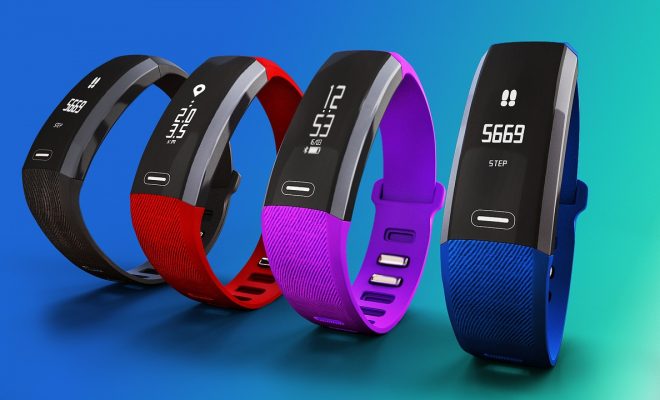How Technology Can Benefit Physical Education Classes

We all know that incorporating technology throughout K-12 classrooms is a big focus for schools. From reading to science projects, tapping cutting-edge technology can improve the learning process. Yet, how applicable is technology to physical education courses?
It can actually be a big advantage. Being part of the Ed Tech movement doesn’t stop once you enter the school gymnasium. Here’s how applying modern technology can benefit students and enhance cross-curricular engagement.
Utilize Student-Owned Devices
Many high school and junior high students, and in some cases younger students, have a smartphone with them at all times. This reality is part of today’s evolving society that places great emphasis on connectivity. Students often view mobile devices as extensions of themselves. The prevalence of smartphones won’t be diminishing anytime soon, so it only makes sense to leverage the power of these devices.
Tech tools and physical education can go hand in hand. Take the use of Google, for instance. Incorporating a lesson in which students move from various stations, working on a QR code scavenger hunt. Codes can be created with goo.gl URL shortener linking to Google Slides that have information relating to the course, with accompanying exercises that must be completed before moving along. An activity such as this lends itself to student collaboration and allows the instructor to interact with small groups for a personalized experience. A scavenger hunt, or similar type of activity, could easily include any number of mobile apps to increase student engagement.
Take advantage of Physical Education Apps
There are multiple education apps that can be integrated into P.E. curriculum. Most notable are apps that involve picture or video analysis. These can be used to examine athletic movements in an attempt to critique and improve upon physical skills. An app called Coach’s Eye allows for in-depth observations by way of slow motion video.
A few other apps to consider integrating into any physical education program are:
- Remind – Submits instantaneous communication via real-time or scheduled messaging. Reminders, emails or handouts as a group or individually are sent straight to the student’s phone.
- Team Shake – Allows users to quickly and fairly create groups or teams.
- Sworkit – Offers pre-built or customizable fitness blasts/circuits.
- FIT Radio – Excellent resource for age-appropriate music.
When it comes to using apps, the only way to know if it’ll be successful is by trial and error. If an app doesn’t effectively deliver what you had intended, there’s a teachable moment in that, as well. Getting your students involved and actively invested is the ultimate goal.
Make the most of Wearable Tech
How many people do you know who own a Fitbit? Wearable tech includes new technology and has completely altered the way we acquire and evaluate personal data. Many physical education departments recognize that feedback from daily activities is important and thus, have begun including the use of heart rate monitors and pedometers into their programs. Students are able to track and analyze activity levels, heart rate, and the number of steps taken throughout the day, among other data. Cross-curricular associations can be made in areas such as mathematics, science and health. Fitness tracker can really improve the awareness that students have about their perceived activity levels versus what they are truly accomplishing. They can also help students set and achieve fitness goals.
As with inclusion of technology in any classroom, select a variety of teaching strategies and be open to nontraditional methods. Today’s students are incredibly open-minded and using technology helps deliver impactful, engaging lessons. If you can get your students excited about how technology can improve their health and lifetime fitness, then you’ve passed along an invaluable lesson that will serve them into adulthood.




